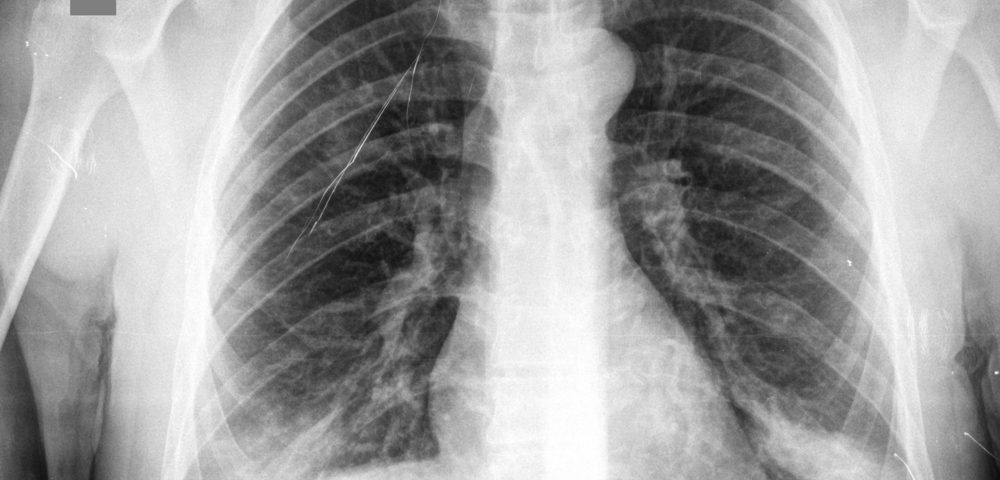Approximately 1 in 7 men will be diagnosed with prostate cancer during their lifetime. In the United States, prostate cancer is the second most common cancer in men, and the American Cancer Society estimates that about 180,000 new cases will be diagnosed in 2016 alone.
Although a serious disease, prostate cancer’s five-year survival rate is close to 99 percent. However, in 10 percent to 20 percent of these people, that cancer will reach an advanced state within five years. Typically, this happens because the male hormones, particularly androgen, stimulate the growth of prostate cancer cells outside the prostate gland.
Once outside the prostate gland, cancer cells may continue to spread to other areas of the body in a process called metastasis. When this happens, a patient’s five-year survival rate drops to 28 percent.
The bone environment seems to be particularly favorable to the growth of prostate cancer cells. In fact, 80 percent of men with metastatic prostate cancer have their tumor spread to the bone first, particularly to the ribs, spine, and pelvis. This disrupts the normal cycle of bone resorption and new bone formation, and may severely damage the integrity of bone structure.
Bone metastases are often found because they are associated with major disabilities. Symptoms include severe bone pain, posture problems, fractures or compression of the spinal cord, loss of sensory functions, and loss of motor functions, all of which greatly reduce patients’ quality of life. To diagnose the condition, doctors usually perform imaging tests, such as X-rays, computed tomography (CT), magnetic resonance imaging (MRI), or positron emission tomography (PET). Other lab scans or bone biopsies may also be requested by physicians to help the diagnosis.
The U.S. Food and Drug Administration (FDA) recognizes the need for delaying skeletal-related symptoms derived from bone metastasis to preserve functionality and avoid deterioration in life quality. Patients with advanced prostate cancer diagnosed with bone metastasis should talk to their doctors and discuss the best treatment option to manage their tumor, and to prevent or delay such symptoms.
Current treatment to improve survival and quality of live in patients with metastatic prostate cancer includes a two-part approach: hormone therapy and radiopharmaceuticals.
The standard of care for advanced prostate cancer is called androgen deprivation therapy or hormone therapy. Because prostate cancer cells rely on androgen to proliferate, decreasing androgen levels or impairing androgen from entering the cancer cells often shrinks the tumor or slows tumor growth. But the cells often become resistant to androgen deprivation therapies after two to three years, and continue to progress into what is called castration-resistant prostate cancer (CRPC).
Radiopharmaceuticals are used to manage bone metastasis. These drugs contain radioactive materials that localize to the sites of bone metastasis and deliver localized radiation. Radiopharmaceuticals are often used once the patient starts experiencing symptoms of advancing disease, and have been shown to improve patients’ survival rates.

